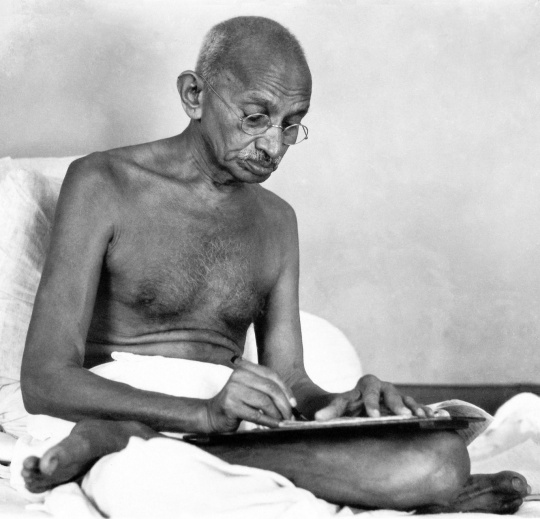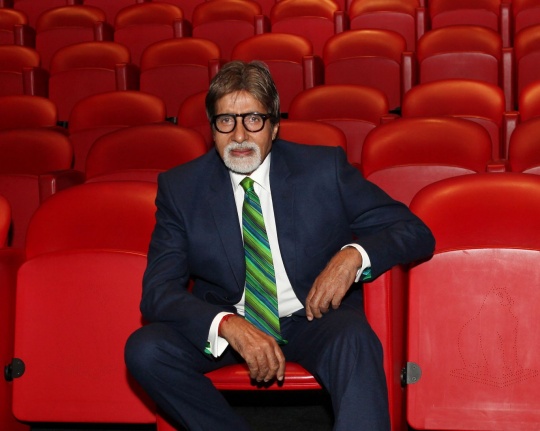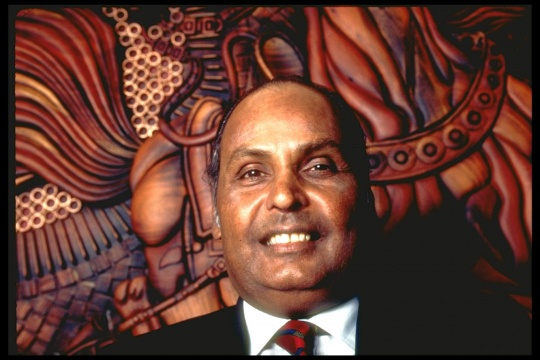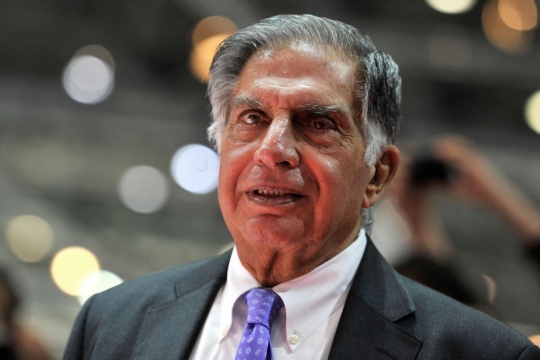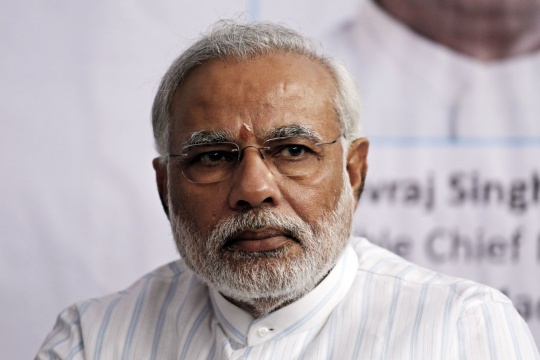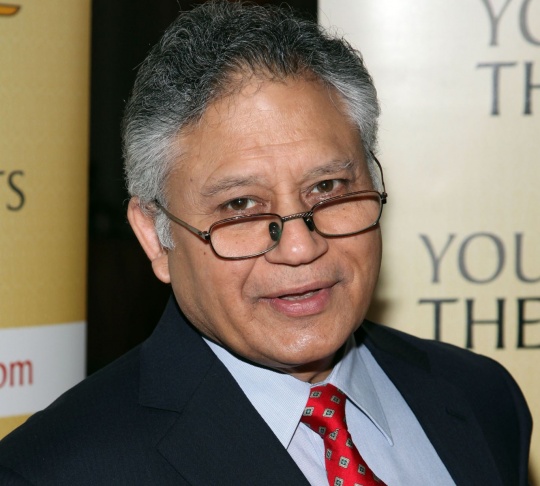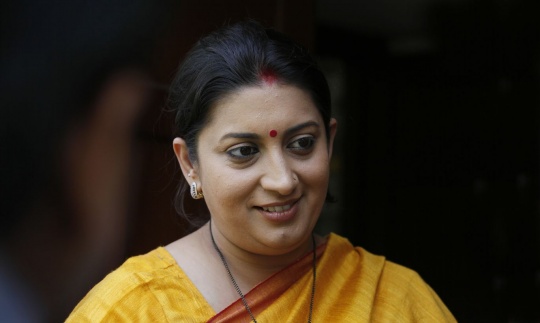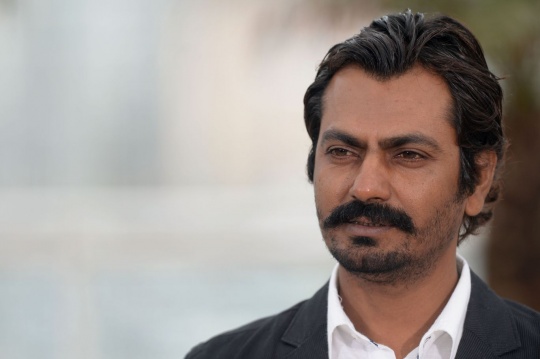Kevin
Salwen, a writer and entrepreneur in Atlanta,
was driving his 14-year-old daughter, Hannah, back from a sleepover in 2006.
While waiting at a traffic light, they saw a black Mercedes coupe on one side
and a homeless man begging for food on the other.
“Dad, if that man had a less nice car, that man
there could have a meal,” Hannah protested. The light changed and they drove
on, but Hannah was too young to be reasonable. She pestered her parents about
inequity, insisting that she wanted to do something.
“What do you want to do?” her mom responded.
“Sell our house?”
Warning! Never suggest a grand gesture to an
idealistic teenager. Hannah seized upon the idea of selling the luxurious
family home and donating half the proceeds to charity, while using the other
half to buy a more modest replacement home.
Eventually, that’s what the family did. The
project — crazy, impetuous and utterly inspiring — is chronicled
in a bookby father and daughter scheduled to be published next
month: “The Power of Half.” It’s a book that, frankly, I’d be nervous about
leaving around where my own teenage kids might find it. An impressionable child
reads this, and the next thing you know your whole family is out on the street.
At a time of enormous needs in Haiti and elsewhere,
when so many Americans are trying to help Haitians by sending everything from
text messages to shoes, the Salwens offer an example of a family that came
together to make a difference — for themselves as much as the people they were
trying to help. In a
column a week ago, I described neurological evidence from brain
scans that altruism lights up parts of the brain normally associated with more
primal gratifications such as food and sex. The Salwens’ experience confirms
the selfish pleasures of selflessness.
Mr. Salwen and his wife, Joan, had always
assumed that their kids would be better off in a bigger house. But after they
downsized, there was much less space to retreat to, so the family members spent
more time around each other. A smaller house unexpectedly turned out to be a
more family-friendly house.
“We essentially traded stuff for togetherness
and connectedness,” Mr. Salwen told me, adding, “I can’t figure out why
everybody wouldn’t want that deal.”
One reason for that togetherness was the complex
process of deciding how to spend the money. The Salwens researched causes and
charities, finally settling on the Hunger Project, a
New York City-based international development organization that has a good
record of tackling global poverty.
The Salwens pledged $800,000 to sponsor health,
microfinancing, food and other programs for about 40 villages in Ghana. They
traveled to Ghana
with a Hunger Project executive, John Coonrod, who is an inspiration in his own
right. Over the years, he and his wife donated so much back from their modest
aid-worker salaries that they were among the top Hunger Project donors in New York.
The Salwens’ initiative hasn’t gone entirely
smoothly. Hannah promptly won over her parents, but her younger brother, Joe,
was (reassuringly) a red-blooded American boy to whom it wasn’t intuitively
obvious that life would improve by moving into a smaller house and giving money
to poor people. Outvoted and outmaneuvered, Joe gamely went along.
The Salwens also are troubled that some people
are reacting negatively to their project, seeing them as sanctimonious
showoffs. Or that people are protesting giving to Ghana when there are so many needy
Americans.
Still, they have inspired some converts. The
people who sold the Salwens their new home were so impressed that they
committed $100,000 to the project. And one of Hannah’s closest friends, Blaise,
pledged half of her baby-sitting savings to an environmental charity.
In writing the book, the Salwens say, the aim
wasn’t actually to get people to sell their houses. They realize that few
people are quite that nutty. Rather, the aim was to encourage people to step
off the treadmill of accumulation, to define themselves by what they give as
well as by what they possess.
“No one expects anyone to sell a house,” said
Hannah, now a high school junior who hopes to become a nurse. “That’s kind of a
ridiculous thing to do. For us, the house was just something we could live
without. It was too big for us. Everyone has too much of something, whether
it’s time, talent or treasure. Everyone does have their own half, you just have
to find it.”
As for Kevin Salwen, he’s delighted by what has
unfolded since that encounter at the red light.
“This is the most self-interested thing we have
ever done,” he said. “I’m thrilled that we can help others. I’m blown away by
how much it has helped us.”


